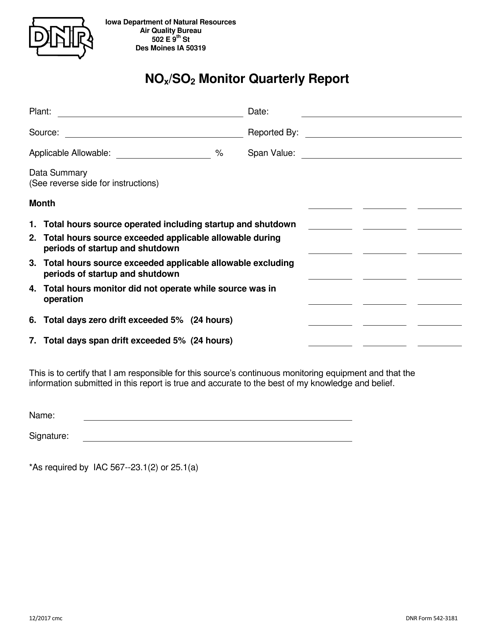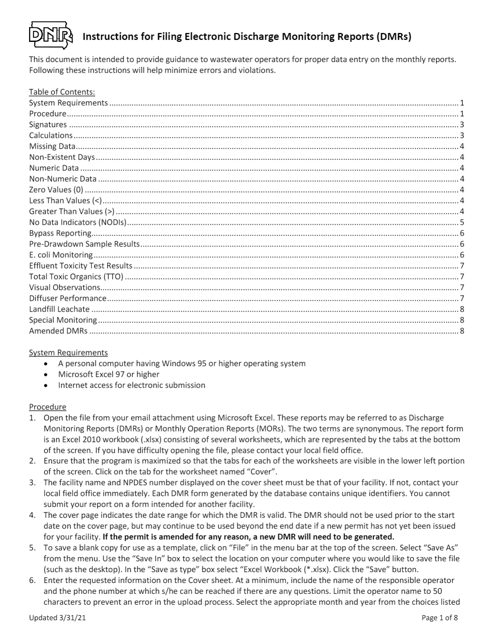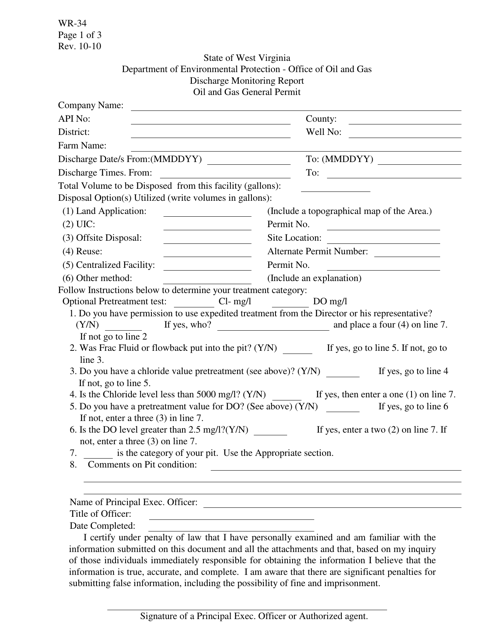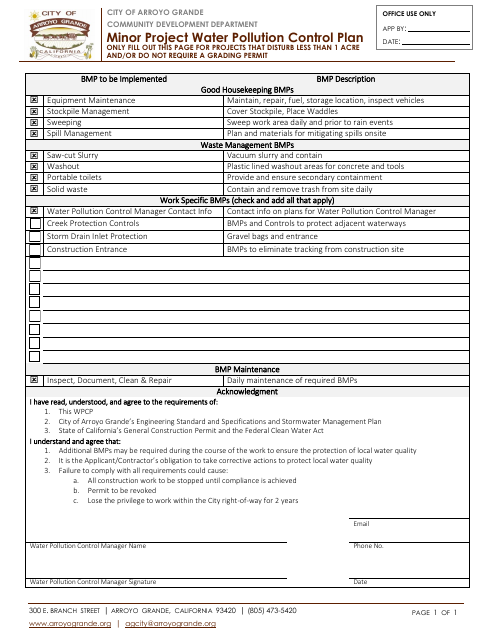Pollution Monitoring Templates
Pollution Monitoring is a crucial aspect of environmental management and regulatory compliance. It involves the systematic and ongoing measurement, analysis, and reporting of various pollutants released into the environment. This comprehensive approach ensures the identification, assessment, and control of harmful substances that pose a threat to air, water, and soil quality.
Within the realm of pollution monitoring, there are different relevant documents that are essential for documenting and managing pollutant levels. One such document is the AZPDES Form 2D Addendum, specifically used in Arizona, which provides a standardized format for reporting pollutant information. Similarly, the DNR Form 542-3181 Nox/So2 Monitor Quarterly Report in Iowa helps track and monitor the emission levels of nitrogen oxide and sulfur dioxide.
To streamline the reporting process, states like Iowa have also shared their Instructions forDischarge Monitoring Reports (DMRs). These instructions offer step-by-step guidance on how to accurately complete DMRs, ensuring the accurate recording and reporting of pollutant discharge levels. Additionally, the Form WR-34 Discharge Monitoring Report in West Virginia provides a framework for systematic data collection and reporting of pollutant discharges.
Municipalities also play a role in pollution monitoring, as evidenced by the Minor Project Water Pollution Control Plan owned by the City of Arroyo Grande, California. This document outlines strategies, practices, and goals aimed at mitigating pollution sources associated with minor projects.
In conclusion, the pollution monitoring process is a multidimensional endeavor, requiring the collaboration and compliance of various stakeholders. The documents mentioned above, including the AZPDES Form 2D Addendum, DNR Form 542-3181 Nox/So2 Monitor Quarterly Report, Instructions for Discharge Monitoring Reports (DMRs), Form WR-34 Discharge Monitoring Report, and the Minor Project Water PollutionControl Plan, are instrumental in facilitating the accurate monitoring, analysis, and regulation of pollutants that pose risks to the environment and human health. By adhering to these established reporting guidelines, industries, communities, and regulatory bodies can collectively work towards a cleaner and healthier environment.
Documents:
5
This form is used as an addendum to the AZPDES Form 2D in the state of Arizona. It provides additional information and documentation for discharge permits under the Arizona Pollutant Discharge Elimination System.
This document is a quarterly report form specifically for monitoring the levels of nitrogen oxide (NOx) and sulfur dioxide (SO2) emissions in the state of Iowa.
This form is used for providing instructions on how to complete Discharge Monitoring Reports (DMRs) in Iowa. It provides guidelines and requirements for reporting water discharge data.
This Form is used for submitting a Discharge Monitoring Report in West Virginia.
This type of document outlines the plan to control water pollution in the city of Arroyo Grande, California. It provides details on the steps and measures taken to mitigate and reduce pollution in local water bodies, ensuring clean and safe water for residents and the environment.





